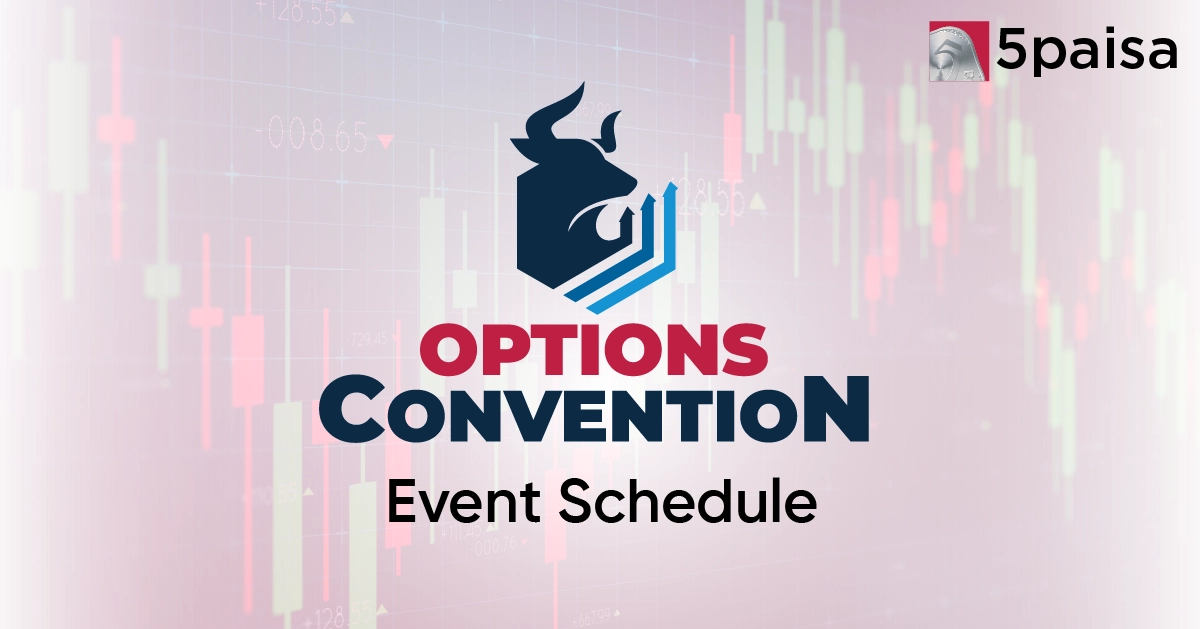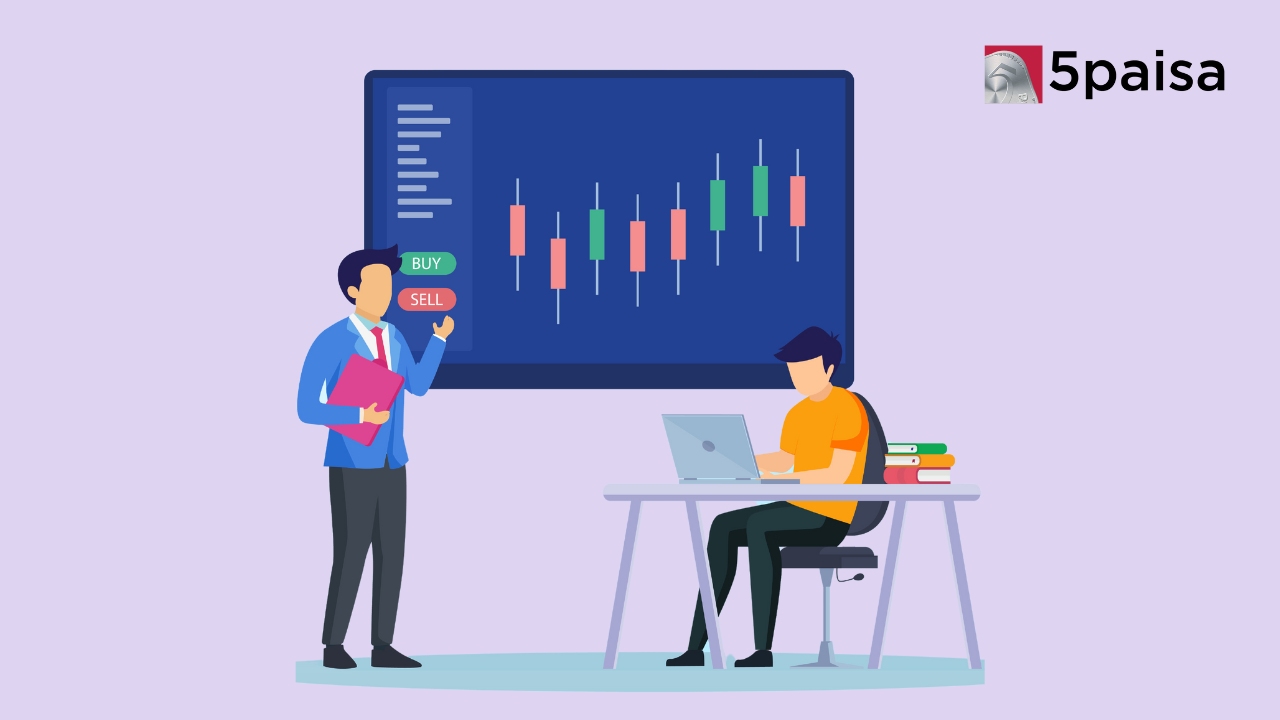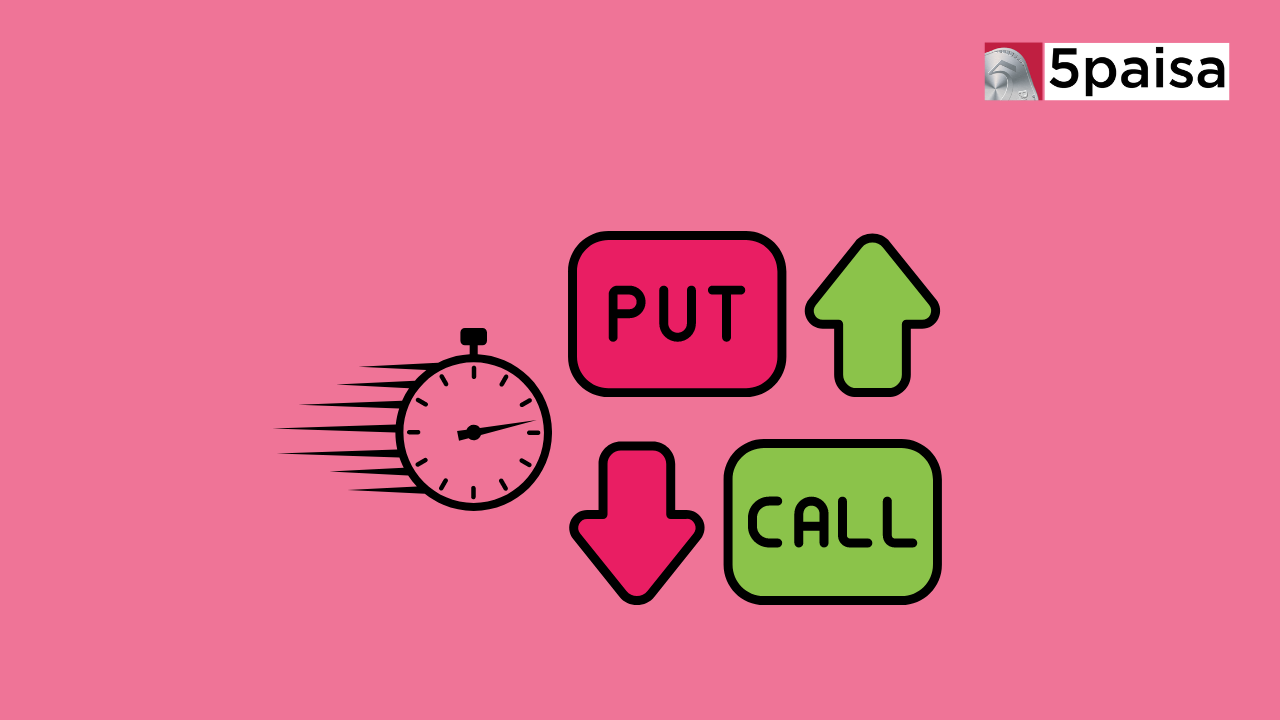Options Convention 2025: The Ultimate Options Trading Experience Is Here!
Long Call Condor Options Trading Strategy

Long Call Condor options trading strategy
A Long Call Condor is similar to a Long Butterfly strategy, wherein the only exception is that the difference of two middle strikes sold has separate strikes. The maximum profit from condor strategy may be low as compared to other trading strategies; however, a condor strategy has high probability of making money because of wider profit range.
When to initiate a Long Call Condor
A Long Call Condor spread should be initiated when you expect the underlying assets to trade in a narrow range as this strategy benefits from time decay factor.
How to construct a Long Call Condor?
A Long Call Condor can be created by buying 1 lower ITM call, selling 1 lower middle ITM call, selling 1 higher middle OTM call and buying 1 higher OTM calls of the same underlying security with the same expiry. The ITM and OTM call strikes should be equidistant.
|
Strategy |
Buy 1 ITM Call, Sell 1 ITM Call, Sell 1 OTM Call and Buy 1 OTM Call |
|
Market Outlook |
Neutral on market direction and Bearish on volatility |
|
Motive |
Anticipating minimal price movement in the underlying assets |
|
Upper Breakeven |
Higher Strike price - Net Premium Paid |
|
Lower Breakeven |
Lower Strike price + Net Premium Paid |
|
Risk |
Limited to Net premium paid |
|
Reward |
Limited (Maximum profit is achieved when underlying expires between sold strikes) |
|
Margin required |
Yes |
Let’s try to understand with an example:
|
Nifty Current spot price |
9100 |
|
Buy 1 deep ITM call of strike price (Rs) |
8900 |
|
Premium paid (Rs) |
240 |
|
Sell 1 ITM call of strike price (Rs) |
9000 |
|
Premium received (Rs) |
150 |
|
Sell 1 OTM call of strike price (Rs) |
9200 |
|
Premium received (Rs) |
40 |
|
Buy 1 deep OTM call of strike price (Rs) |
9300 |
|
Premium paid (Rs) |
10 |
|
Upper breakeven |
9240 |
|
Lower breakeven |
8960 |
|
Lot size |
75 |
|
Net premium paid |
60 |
Suppose Nifty is trading at 9100. An investor Mr. A estimates that Nifty will not rise or fall much by expiration, so he enters a Long Call Condor and buys 8900 call strike price at Rs 240, sells 9000 strike price of Rs 150, sells 9200 strike price for Rs 40 and buys 9300 call for Rs 10. The net premium paid to initiate this trade is Rs 60, which is also the maximum possible loss. This strategy is initiated with a neutral view on Nifty hence it will give the maximum profit only when there is little or no movement in the underlying security. Maximum profit from the above example would be Rs 3000 (40*75). The maximum profit would only occur when underlying assets expires in the range of strikes sold.
In the mentioned scenario, maximum loss would be limited up to Rs 4500 (60*75) and it will occur if the underlying assets goes below 8960 or above 9240 strikes at expiration. If the underlying assets expires at the lowest strike then all the options will expire worthless, and the debit paid to initiate the position would be lost. If the underlying assets expire at highest strike, all the options below the highest strike would be In-the-Money. Furthermore, the resulting profit and loss would offset and net premium paid would be lost.
For the ease of understanding of the payoff schedule, we did not take in to account commission charges. Following is the payoff schedule assuming different scenarios of expiry.
The Payoff Schedule:
|
On Expiry NIFTY closes at |
Net Payoff from 1 Deep ITM Call bought (Rs) 8900 |
Net Payoff from 1 ITM Call sold (Rs) 9000 |
Net Payoff from 1 OTM Call sold (Rs) 9200 |
Net Payoff from 1 deep OTM call bought (Rs) 9300 |
Net Payoff (Rs) |
|
8600 |
-240 |
150 |
40 |
-10 |
-60 |
|
8700 |
-240 |
150 |
40 |
-10 |
-60 |
|
8800 |
-240 |
150 |
40 |
-10 |
-60 |
|
8900 |
-240 |
150 |
40 |
-10 |
-60 |
|
8960 |
-180 |
150 |
40 |
-10 |
0 |
|
9000 |
-140 |
150 |
40 |
-10 |
40 |
|
9100 |
-40 |
50 |
40 |
-10 |
40 |
|
9200 |
60 |
-50 |
40 |
-10 |
40 |
|
9240 |
100 |
-90 |
0 |
-10 |
0 |
|
9300 |
160 |
-150 |
-60 |
-10 |
-60 |
|
9400 |
260 |
-250 |
-160 |
90 |
-60 |
|
9500 |
360 |
-350 |
-260 |
190 |
-60 |
|
9600 |
460 |
-450 |
-360 |
290 |
-60 |
The Payoff Graph:

Impact of Options Greeks before expiry:
Delta: If the underlying asset remains between the lowest and highest strike price the net Delta of a Long Call Condor spread remains close to zero.
Vega: Long Call Condor has a negative Vega. Therefore, one should initiate Long Call Condor spread when the volatility is high and expect to decline.
Theta: A Long Call Condor has a net positive Theta, which means strategy will benefit from the erosion of time value.
Gamma: The Gamma of a Long Call Condor strategy goes to lowest values if it stays between sold strikes, and goes higher if it moves away from middle strikes.
Analysis of Long Call Condor spread strategy
A Long Call Condor spread is best to use when you are confident that an underlying security will not move significantly and stays in a range of strikes sold. Long Call Condor has a wider sweet spot than the Long Call Butterfly. But there is a tradeoff; this is a limited reward to risk ratio strategy for advance traders.
- Flat Brokerage
- P&L Table
- Option Greeks
- Payoff Charts
Trending on 5paisa
Futures and Options Related Articles
Disclaimer: Investment in securities market are subject to market risks, read all the related documents carefully before investing. For detailed disclaimer please Click here.

 5paisa Capital Ltd
5paisa Capital Ltd




